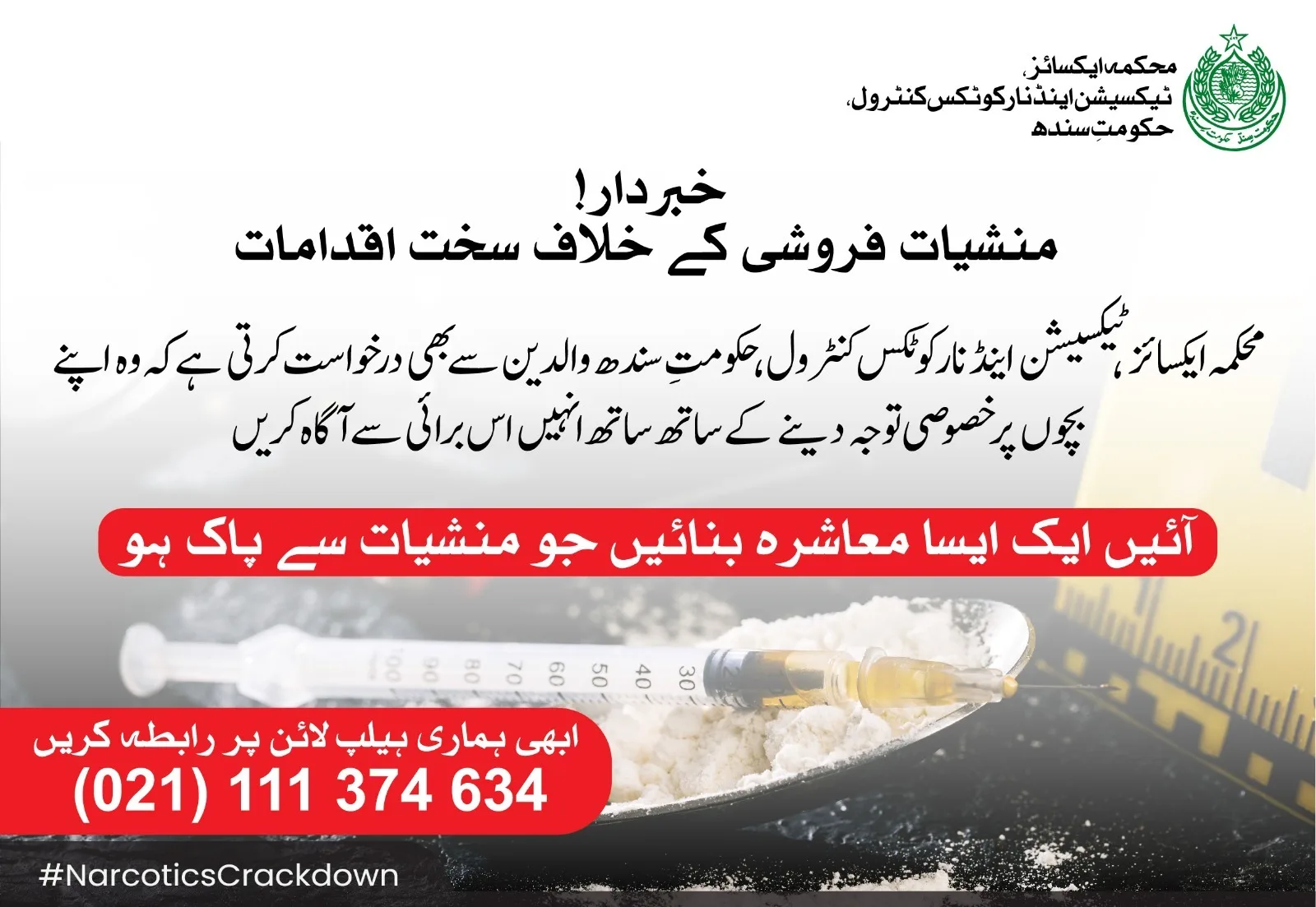CAA – Curing the Aviation Pathogen

For someone interested in monitoring aviation developments in Pakistan, the last few months were not less than a Bollywood movie. From a jetliner crash in the suburbs of Karachi to the ‘fake’ license story in the parliament and the subsequent suspension of the national carrier by the European Aviation Safety Agency, there was never a ‘dull’ day.
All this speaks so much about the indifference to aviation safety this industry has faced in the previous years.
[bs-quote quote=”The country’s image and credibility was put at stake by naming and shaming pilots after the licensing fiasco rather than adopting a more systematic and mature approach towards a resolution.” style=”style-17″ align=”center” color=”#dd0000″ author_name=”Ahsan Naseer” author_job=”Contributor, Baaghi TV “][/bs-quote]
Apparently the time was ripe for scapegoating after the A320 crash but due to inadequate knowledge and the desire for political point scoring, the country’s image and credibility was put at stake by naming and shaming pilots after the licensing fiasco rather than adopting a more systematic and mature approach towards a resolution.
PIA had to bear the brunt of the crash and its pilots were in the line of fire by the aviation minister. However, the organization (i.e. PIA) deserves some credit for regularly engaging with the media and sharing its point of view on the ongoing challenges. The CAA on the other hand, as the national aviation safety regulator, has been both silent and evasive all along.
Global coronavirus death toll passes one million
This callous approach has raised questions about CAA’s moral credibility and capacity to develop a robust and functioning regulatory framework in Pakistan. It further triggered concerns from international authorities about its ability to act as an aviation safety watchdog in accordance with International Civil Aviation Organization’s (ICAO) Standards and Recommended Practices.
[bs-quote quote=”This callous approach has raised questions about CAA’s moral credibility and capacity to develop a robust and functioning regulatory framework in Pakistan.” style=”style-17″ align=”center” color=”#dd0000″ author_name=”Ahsan Naseer” author_job=”Contributor, Baaghi TV “][/bs-quote]
Flight crew licensing became a scandalous affair bringing disrepute to our aviation industry globally, but aviation experts in Pakistan would know that it is just one of the compromised areas brought to the limelight after the crash. It may just be the tip of an iceberg with additional regulatory deficiencies and weakness within the aviation sector, which (if not rectified) may precipitate further disasters like PK8303. For example, under a risk based safety oversight philosophy a regulator should exercise continuous surveillance activities on its certificate holders (i.e. airlines, airports, aviation maintenance organizations) through a data driven approach and is required to establish a state safety program (SSP) to manage safety at the top level. This program is practically non-existent in Pakistan so far.
The CAA website provides absolutely no information about its national aviation safety policy, strategic safety plan, surveillance activities and the resulting findings on aviation entities. Similarly the details about aviation safety performance indicators (precursors for accidents and serious incident), targets and the methodology adopted to measure them is nowhere to be found. The implementation of the aforementioned tools would have served as a mitigation against serious aircraft incidents and helped the regulator to flag areas of concern proactively. There is no denying the fact that as commercial entities, airlines and other aviation service providers would cut corners and could be complacent in their attitude towards safety, however, it is the regulators responsibility to keep them in check and ensure that such behaviors are not tolerated.
[bs-quote quote=”The CAA website provides absolutely no information about its national aviation safety policy, strategic safety plan, surveillance activities and the resulting findings on aviation entities.” style=”style-17″ align=”center” color=”#dd0000″ author_name=”Ahsan Naseer” author_job=”Contributor, Baaghi TV “][/bs-quote]
In summary, the buck for aviation safety stops with CAA in Pakistan or for that matter any other country. Unfortunately, rather than being the custodian of the travelling public’s interest through effective enforcement of rules and a driving force for safety enhancement in the country, CAA has been the first failed defense of the ‘Swiss Cheese’ model in the proverbial accident causation chain.
Surprisingly, CAA is a financially viable organization and hence should be adequately resourced to perform its basic regulatory and oversight functions. The inability to do so could only be attributed to a lack of agile leadership at the top, which has failed to develop a robust framework to address pressing flight safety risks in Pakistan. This has resulted in a number of aircraft crashes and near accidents in the last 10 years with common causal factors.
Sadly, no lessons seemed to have been learned and the victim has always been the travelling public. It is high time that CAA is restructured with a focus on ensuring ‘public safety’ and its ailing monitoring systems are cured through prompt intervention. If this fundamental objective is achieved, the rest will fall in place automatically.
[bs-quote quote=”It is high time that CAA is restructured with a focus on ensuring ‘public safety’ and its ailing monitoring systems are cured through prompt intervention.” style=”style-17″ align=”center” color=”#dd0000″ author_name=”Ahsan Naseer” author_job=”Contributor, Baaghi TV “][/bs-quote]
Pakistanis deserve a safe and secure aviation eco-system with a professional regulator as its beating heart.
Less sleep reduces our ability to maintain positivity
Stay tuned to Baaghi TV for the latest news, updates and interesting content!












